How to Repair Photos Damaged by Water
The old family pictures, wedding snaps, or vacation memories carry lots of emotional value. So, when you experience photos damaged by water, it is frustrating for sure. But relax, there's good news too. Severely water-damaged photos still have a chance to recover. You just need the right approach, some patience, and careful handling. This guide shows you exactly what to do.
Part 1. Why Do Photos Get Damaged by Water?
If you understand why photos get damaged by water, you can avoid the issue or easily fix it. Here's exactly what leads to water damage so you're better prepared next time.
1. Exposure to Humidity
When you store photos in places with high humidity, they absorb moisture from the air. This moisture causes the photo paper to wrinkle and warp over time. Colors might fade, or pictures could stick together.
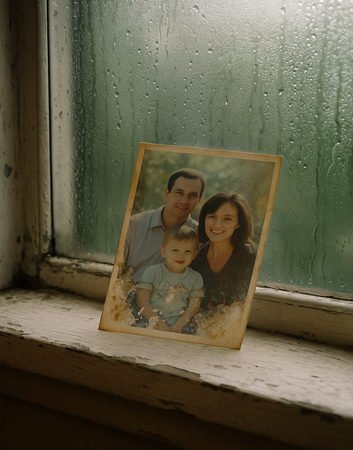
If you store photos in basements, attics, or garages, this issue often happens because these areas remain damp all year. Also, humidity remains high for long periods, so mold and mildew might appear on the photo surface, causing permanent stains or damage to the picture.
In humid climates, even indoor rooms that aren't climate-controlled put your photos at risk of damage. Sometimes, you don't notice this until it's too late, and the image becomes brittle or discolored. The best approach is to store printed photos in cool, dry, and stable environments. Airtight storage boxes or specially designed albums can protect your precious memories from humidity-related damage.
2. Accidental Spills
You might've dropped a drink near a photo album, or maybe a bottle leaked on a box of prints left by the table. Accidents like these sound small but often cause a lot of water damage to your photos.
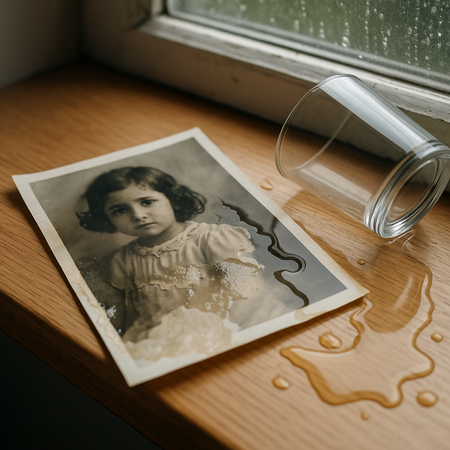
A small splash from a glass can leave the photo edges curled or stuck together. If you try to pull them apart too quickly, the emulsion layer rips and takes the image with it. Wet photos stick to surfaces like plastic, glass, or paper sleeves, and when they dry, the damage shows up.
A lot of the time, you won't notice the problem until the photo's already dried and shows stains, blurs, or cracks. If you wipe the photo right away, it can scrape off the top layer, too. It's better to gently lift the photo, place it face-up on blotting paper, and let it dry naturally. Accidental spills are ot your fault, but if you know how to handle a wet photo the right way, you've got a better shot at recovery.
3. Floods and Natural Disasters
Floods and natural disasters often lead to severe water damage to your photos. Floodwater isn't clean and usually contains dirt, chemicals, or bacteria, so photo restoration gets tougher.
The longer photos sit in contaminated water, the more permanent the damage becomes. Photos submerged in dirty water for hours or days become stained, colors run, and paper turns weak or tears easily. Sometimes, if your photos remain underwater for too long, the inks dissolve completely, and the images become unrecognizable.
After disasters, your priority is likely your safety and home, so photo recovery often becomes a secondary concern. By the time you turn your attention to them, extensive damage might already be irreversible. To prepare for floods or natural disasters, place important pictures in waterproof, sealed containers and create digital backups to avoid significant loss later.
4. Photos Stored Near Plumbing
You might have stored your photos somewhere near plumbing pipes, like in a closet, attic, or basement. These areas seem safe at first, but if a pipe starts leaking, your photos are at risk.
Usually, minor leaks drip slowly onto storage boxes or albums, so you probably won't notice immediately. By the time you find out, cardboard boxes have soaked up moisture, and your pictures inside end up ruined. Even plastic containers can sometimes fail if the lids aren't tight enough, letting moisture creep in slowly.
Another tricky thing is hidden plumbing leaks behind walls; they quietly dampen your storage spaces over weeks or months. When you finally figure out a damp smell or see water spots on the walls, your stored photos might already have severe damage. That's why keeping your photos away from plumbing pipes and checking storage spots once in a while is always a smart move.
Part 2. How to Recover Photos Damaged By Water
Here are 4 ways to recover your photos damaged by water:
1. Air-Drying on Absorbent Material
Once your photo gets wet, the first instinct might be to just grab a towel and wipe it all down, but that usually is a mistake. Ink can smear, the paper surface can tear, and the damage becomes worse.
Instead, the best thing to do is to lay the photo face-up on something absorbent, like blotting paper, plain paper towels, or unprinted newspaper.
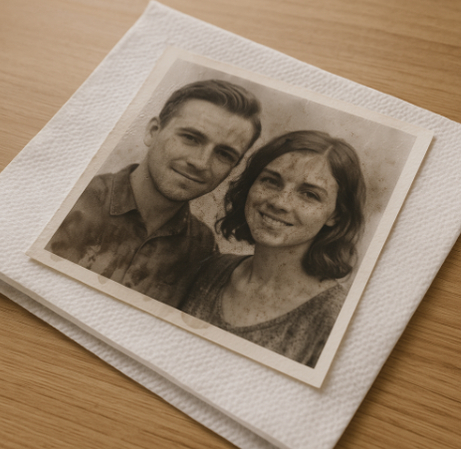
If you're dealing with more than one damaged photo, make sure they don't touch each other. It is because stacking them or pressing them down to dry faster usually leaves them stuck together. Just let the air do the work. It takes more time, but it avoids extra damage. If you see the corners lifting while it dries, don't try to flatten them yet. Wait until it's fully dry, then place it under a clean, flat object for a few hours.
You should also avoid using hair dryers, heaters, or direct sunlight to dry out your pictures. These methods dry the photo unevenly and can cause curling or cracks.
2. Freezing Method
If your photos are soaking wet and you don't have time to dry them right away, freezing them is a good way to buy yourself some time. Freezing doesn't repair damage, but it gives you control. Instead of rushing and ruining them, you get a second chance to save each photo the right way.
You can place wax paper or plain plastic wrap between every photo so they don't stick together. Then, stack them carefully and put them inside a freezer-safe bag. Once it's sealed, the bag should lie flat inside the freezer. The cold stops the emulsion from separating and blocks mold from growing while the photo is still wet.
When you're ready to dry them, remove one photo at a time from the freezer and let it thaw naturally. A microwave, heat gun, or anything similar usually does more harm than good. As it thaws, you can follow the same air-drying steps with blotting paper or plain towels. If the surface looks delicate, it's better to let it dry fully on its own.
3. Gentle Cleaning and Rinsing
If your photo has mud, grime, or debris stuck on it after getting wet, a gentle rinse can clean the surface without causing more damage. This only works if the photo hasn't been sitting in dirty water for too long and the emulsion layer is still intact.
To do this, put cold, distilled water in a shallow tray. Avoid using tap water because minerals or chemicals in it can react with the photo surface. Then, hold the photo by the edges and slowly dip it in the tray. Don't scrub or shake it because the water is usually enough to loosen the dirt.
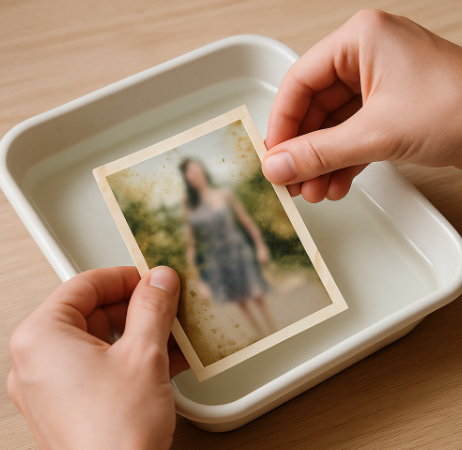
If anything floats off, leave it be, but don't touch anything that looks stuck. After rinsing, you can lift the photo carefully and lay it face-up on clean blotting paper. It's better to let the remaining moisture evaporate on its own, so don't try to press it yourself.
In case the photo shows any cracks or loose areas, rinsing might cause more damage, so drying is the safer option.
4. Professional Restoration Services
Quite often, the damage goes too far, and there's only so much you can do yourself to recover your photo. It may have stuck to the glass, ripped across the middle, or parts of it may be completely gone. Trying to fix something like that on your own with tape or glue makes things worse. Therefore, it's better to hand it over to a professional who knows how to handle these tasks.
You can find photo restoration services at photography studios, print shops, or companies that deal with archiving old documents. Most of them scan the damaged photo, clean it up digitally, and then reprint it on fresh paper. Some also offer physical repairs if the photo has sentimental value and you want to keep the original.
The cost depends on how bad the damage is and how many photos you bring in. Some charge by the hour, others by the job. If you're unsure, you can always get a quote for just one photo. At least you'll know what your options are.
Professional help isn't always necessary, but for photos that are too fragile or messed up to handle at home, it gives you the best shot at saving what's left.
Part 3. Bonus Tip: Restore Photos Damaged By Water Using HitPaw FotorPea
If your photos are damaged by water or after you dry them out, and they show scratches, bends, or faded spots across the surface, you can fix those issues digitally instead. That's where a tool like HitPaw FotorPea comes in. It lets you clean up the visual damage so the photo looks sharp again without touching the original.
Here's how you can do it:
Step 1.Download and open HitPaw FotorPea on your PC and select the Image Restoration Feature.

Step 2.Click Remix to select the Image Restoration feature as your default template.

Step 3.Now, upload the snapshot of your water-damaged picture after drying it out. Here, you'll see a prompt is generated automatically, which you can edit as well, per your needs. For example, you can write to colorize the picture as well. Next, click Generate, and the magic restoration will start.

Step 4.Next, the new version of your damaged photo will be shown in the editor. You can click on it to preview it on a bigger scale. If you don't like the result, you can always make adjustments to the prompt.

Step 5.After you are satisfied with the results, hover over the repaired photo and click Download to save it to the local storage on your device.

Part 4. FAQs of Photos Damaged By Water
Q1. Can you repair water-damaged photos?
A1. You might think water-damaged photographs are beyond repair, but they can be cleaned and restored using digital techniques. Once the photo dries, tools like HitPaw FotorPea can remove scratches, fix bends, and clear up the surface without touching the original. It doesn't fix everything on the physical photo, but it works surprisingly well when you want to share it online.
Q2. Can pictures be saved from water damage?
A2. Photos that are still wet have a better chance of being saved. You can air-dry them and remove any surface dirt. But once they dry out on their own, the damage usually sets in. That's when restoration becomes tougher, especially if the image surface starts cracking.
Q3. How to unstick water-damaged photos?
A3. If water-damaged photos are stuck together or stuck to album pages, you can soak them in cold water for a few minutes to loosen the adhesive. Don't force them apart. Once they begin to separate on their own, lift them gently and lay them flat to dry on blotting paper.
Conclusion on Photos Damaged By Water
You now know all about photos damaged by water, why this happens, and how to recover them. We've gone through different ways to dry them, clean them, and bring them back when possible. These steps work best when the damage is caught early and handled with care.
However, if the damage is so severe that nothing can be done physically, HitPaw FotorPea can digitally fix your water-damaged photos with its image restoration feature. It can remove scratches, smooth out bends, and clean away visible water stains from the image itself.










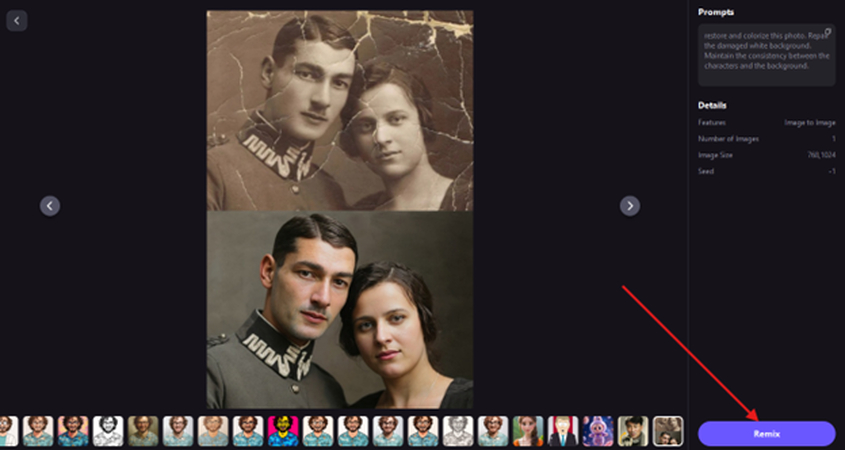



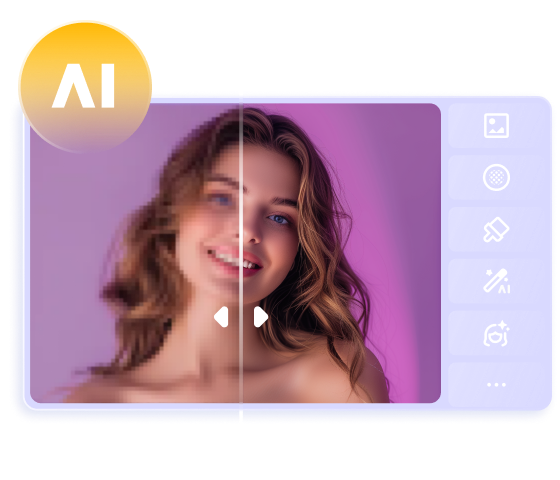
 HitPaw Univd (Video Converter)
HitPaw Univd (Video Converter) HitPaw VoicePea
HitPaw VoicePea  HitPaw VikPea (Video Enhancer)
HitPaw VikPea (Video Enhancer)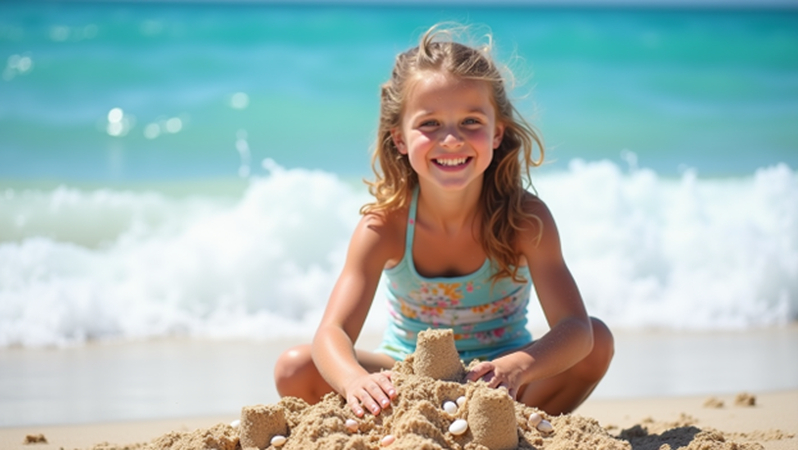



Share this article:
Select the product rating:
Daniel Walker
Editor-in-Chief
This post was written by Editor Daniel Walker whose passion lies in bridging the gap between cutting-edge technology and everyday creativity. The content he created inspires the audience to embrace digital tools confidently.
View all ArticlesLeave a Comment
Create your review for HitPaw articles